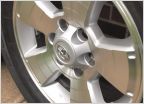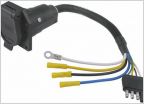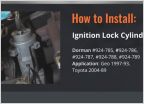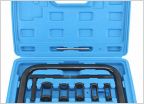-
Welcome to Tacoma World!
You are currently viewing as a guest! To get full-access, you need to register for a FREE account.
As a registered member, you’ll be able to:- Participate in all Tacoma discussion topics
- Communicate privately with other Tacoma owners from around the world
- Post your own photos in our Members Gallery
- Access all special features of the site
P0442 Repair/Troubleshooting Log and Smoke Test
Discussion in '1st Gen. Tacomas (1995-2004)' started by goldentaco03, Oct 6, 2024.


 2002 wheel and tire upgrade
2002 wheel and tire upgrade 7 pin trailer wiring where to connect 95.5 truck
7 pin trailer wiring where to connect 95.5 truck Rear shock questions
Rear shock questions Evaporative Pressure Sensor needed
Evaporative Pressure Sensor needed Ignition cylinder and door locks
Ignition cylinder and door locks Which valve spring compressor tool?
Which valve spring compressor tool?
